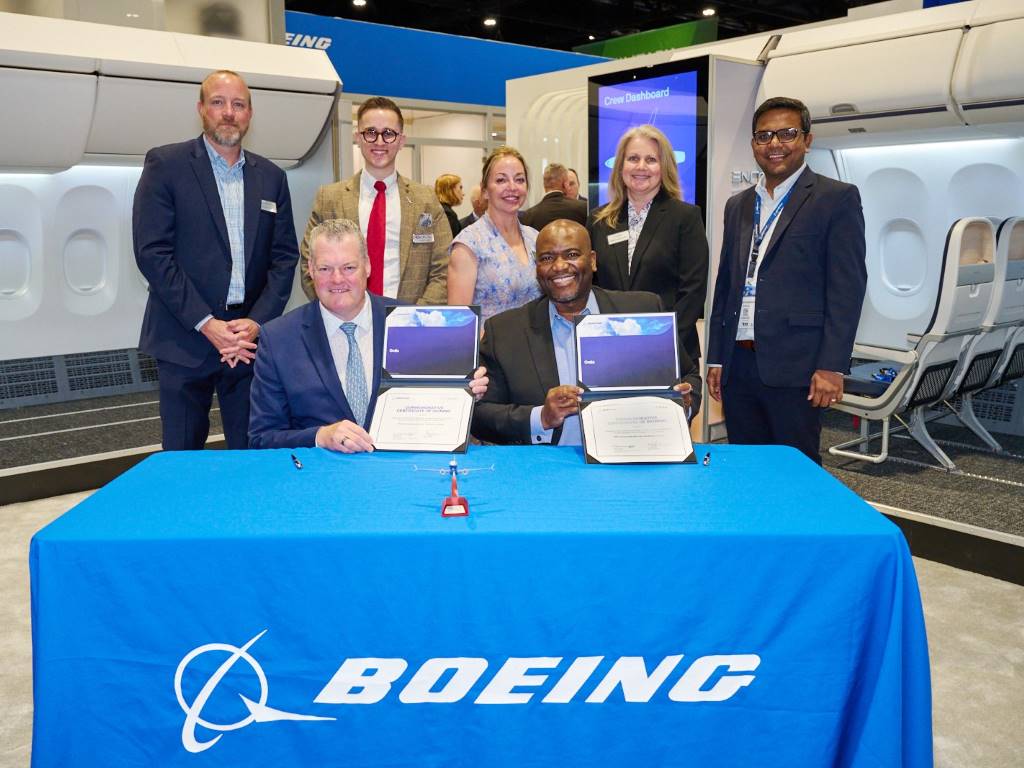Staying competitive
How do the latest advances in computer-aided engineering software enable aerospace designers to make alterations to new products and visualise how every minute change affects the entire supply
chain? Mike Richardson reports.
Aerospace companies are integrating the latest computer-aided engineering (CAE) software products into their design process to enhance competiveness and reduce business risk through addressing the challenges facing them. These include improving product efficiencies through reducing weight and manufacturing cost, whilst addressing overall development costs by minimising development time and volume of rework required.
“Aerospace organisations and their engineering operations strive to reduce the time taken to evolve the design to maturity in the development process,” begins Altair Engineering's managing director, David Mason. “CAE has been a key enabler for several years; however organisations now require more streamlined processes and tools to harness the latest developments in technology and computer hardware. Through this they can more accurately simulate real-life conditions in a virtual environment providing engineering teams with the performance data they require to make informed design decisions in a reduced timeframe. Due to the complexity of the supply chain, engineering on several programmes is undertaken in multiple countries and time zones. By adopting a holistic view, organisations are using integrated enterprise packages to enable global design teams and their suppliers to collaborate more seamlessly.”
Altair Engineering's HyperWorks CAE simulation software platform is said to enable businesses to meet their requirements. On a business level Altair provides a flexible software licencing model that enables high return on investment through maximising software resource utilisation. On a design and innovation level, HyperWorks delivers simulation-driven design technologies that enable achievement of performance, timing and cost targets through rapid, low-cost, virtual exploration that accelerates informed decision making throughout the product lifecycle.
Regarding the kinds of savings and benefits on offer to aerospace customers adopting CAE software products like HyperWorks, Mason points to leading aerospace supplier, Assystem. The company required a tool that could increase design performance and deliver productivity savings whilst working in conjunction with its existing software packages and development processes.
“Assystem knew how much resource was required to simulate design performance using their existing suite of software and was looking for further improvements,” he states. “It found HyperWorks not only reduced the time taken to complete the same task, but that it could achieve the required level of quality with less effort, making the company more adaptable and responsive to its customers.”
HyperWorks also helped aircraft seating manufacturer Contour Aerospace create innovative, lightweight seating solutions for its airline customers, allowing it to stay ahead in a highly competitive market.
“HyperMesh is the quickest and most flexible CAE toolset that Contour has ever used and has significantly enhanced their development process,” claims Mason. “Contour deployed HyperWorks' optimisation technology to minimise product weight. Our simulation technology allowed the company to quickly and cost effectively assess the performance of the designs in impact situations and ensure the complex recline mechanisms function correctly.”
Mason says in general, potential customers are very positive following a demonstration of HyperWorks to a working scenario. Altair applies similar experiences, testimonials, benchmarking, pilot projects and continued demonstrations of productivity savings to convince potential customers.
“In most cases, our customers are aware of what simulation products are currently available on the market,” he notes. “They are always keen to learn about new software and how it can help them resolve current engineering challenges.”
In terms of the business challenges facing Altair next year, Mason says companies that invest in the latest technologies whilst innovating and maintaining a competitive edge will be more stable in economically uncertain times and will significantly outperform their competitors in the longer-term.
“Getting products into market faster to satisfy increasing local and international demand, achieving weight reduction targets and meeting lower production costs and tighter budgets are key challenges that our customers will continue to face next year,” he concludes.
www.altair.com












